Image
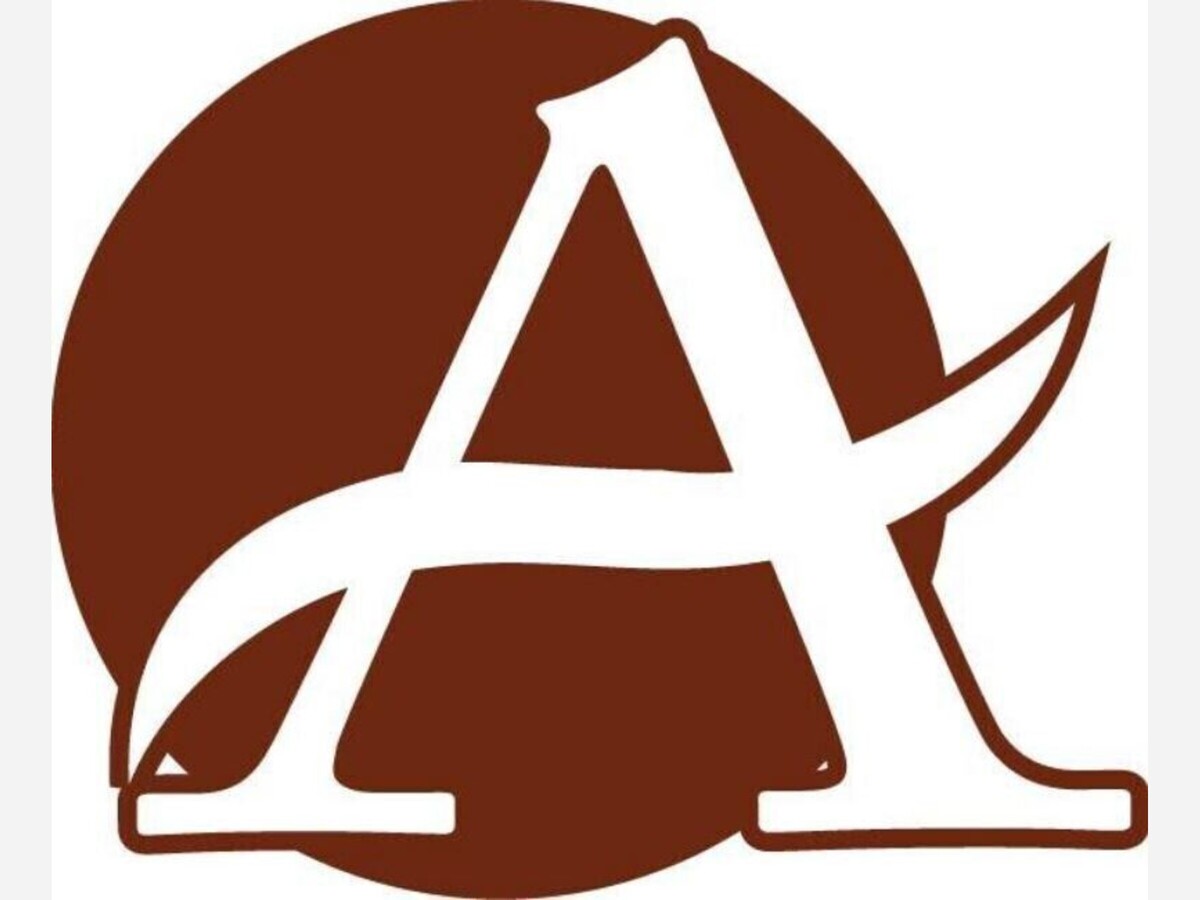
After springtime floods filled the Rum River with sand leaving civilian and emergency boats unable to pass through the city of Anoka, the City Council has authorized an emergency restoration of the channel. The unanimous vote came during the council’s July 17 meeting, and will mark the first time the Rum River has been dredged since 2008.
The matter was moved forward in the meeting by Council Member Jeff Weaver and presented by Economic Development Commission Member Jeff Lee.
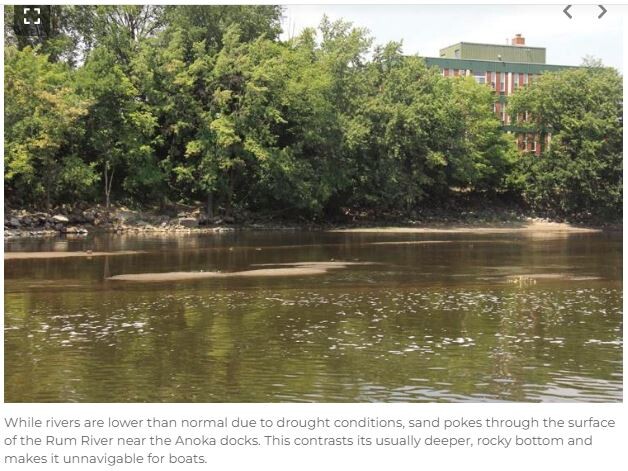
“I live on the river, so this issue is very near and dear to me,” Lee said. “I’ve lived on the river since 1986, and seen firsthand the impact that dredging the river in 2008 had on Anoka. … I’m aware the spring floods this year have made lower Rum River channels virtually impassable for watercraft unless you have something very small. Looking down there tonight, there should be pontoons up and down those docks. There’s two little hydroplane (powerboats).”
During the EDC’s July 13 meeting, members unanimously voted to present a resolution supporting an emergency river restoration project, which led the City Council to vote in favor of authorizing a feasibility report. The next step for the project will be to research costs, permitting and funding sources, which the City Council has already provided staff with direction for.
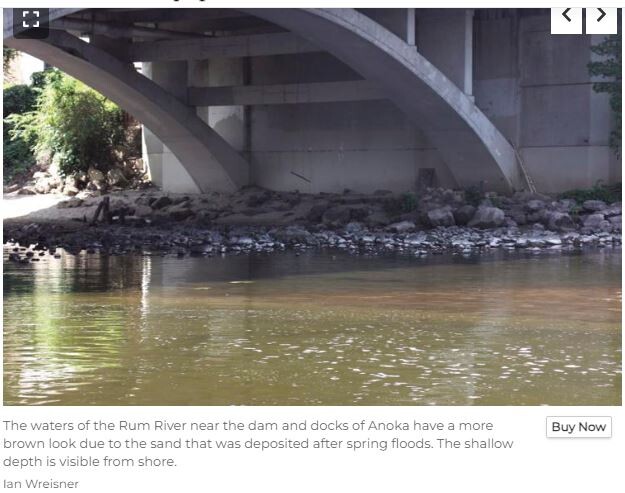
“My suggestion to the finance director is to maybe have maintenance funds that get money put into every year, a piece of the budget for those unforeseen circumstances,” Weaver said. “One of the big questions we have to ask is where did it come from. Where did (all the sand) come from? Who lost a giant bank and it all ended up here? I will be asking that question because it’s imperative to find out where it came from. It could be a government piece of ground, who’s to know?”
Weaver said the Anoka Police Department has received a $780,000 grant from the state, which is intended to go towards officer retention and recruitment, but could see a portion going toward the river due to the safety concerns that have arisen due to the shallow sandbars.
Lack of access brings
safety questions
“I think it’s important to remember, … it was opening fishing weekend 1995. Bobby Higgins was fishing with his grandson, he didn’t anchor his boat correctly and his boat capsized,” Council Member Brian Wesp recalled. “Bobby didn’t have a life jacket, his grandson did. The Fire department made a mad dash to get out to the river at that time to at least save his grandson. Bobby did end up drowning. And we don’t have that many accidents, thank goodness. I think if we had an accident like that today, the fire department boats couldn’t go anywhere.”
Weaver further stated the DNR was ready to expedite a test on the sand that was deposited in the Rum River, getting a head start on the research portion of the project.
Council Member Erik Skogquist shared that representatives Zack Stepheson, of Coon Rapids, and Jim Abeler, of Anoka, were working on securing a portion of the funds in the Minnesota Legislature’s next bonding bill. The council estimated that the earliest that dredging could start would be spring 2024 due to permitting procedures.
“We need to get our ducks in a row to get ready to go, because I don’t think we’re going to be ready this fall,” Weaver said. “If we don’t have our funding in place we’re going to lose another summer. And I’m getting too old to lose summers. So we need to make sure we’re ready to go, first thing.”
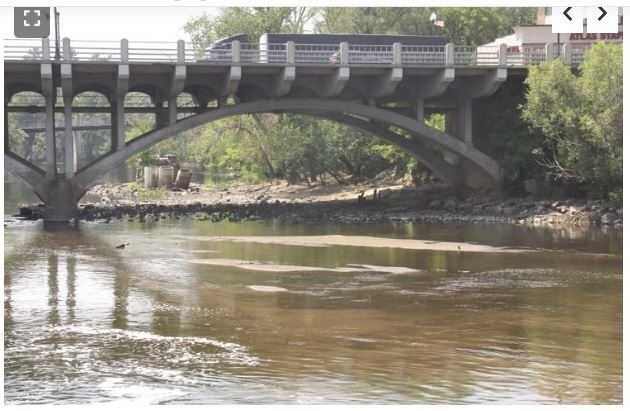
Public support for river restoration
Members of the public came out to support the resolution, coming from both Anoka and surrounding communities along the Rum and Mississippi rivers. Ramsey resident Jen Shoemaker said that though she grew up in Chanhassen and now lives on the Ramsey-Anoka border, she has always considered herself a lifelong Anokan due to her connection to the river.
“We live here because the river is important to us,” Shoemaker said. “Not only because we use it, … we need the safety of being able to get police boats into water. … For me personally, I was in charge of the Young Artists of Anoka project down in the tunnel and it is very fun to see all of what is going on in town with the kids with the arts and that’s bringing people into Anoka and making us a really unique city. And we’re letting all of that go to Champlin, and that really upsets me.”
Anoka resident Scott Nelson concurred, bringing up both the economic and safety standpoints. He recalled swimming across the river at 12 years old and coming across a dead body, reinforcing the need for emergency services having unrestricted access to the river. He also mentioned that the Rum River is a main draw for visitors to his riverfront home.
“From an economic standpoint, I’m sure my wife will attest, I spend several thousand dollars coming up on the river here from spring to fall,” Nelson said. “Anoka is a river town and Anoka is here because of the Rum River. Anoka’s identity is the Rum River. When people come to my house and want to go on the river, every single one of them wants to go up to Anoka because it’s unique.”
Anoka resident Mike Shoup has lived in Anoka for 12 years, and also highlighted the historical significance the River has to Anoka.
“In addition to the economic benefits, I think it’s the cultural historic benefits of Anoka as a River town, and I think right now it’s not much more than a creek,” he said.
The Minnesota DNR states that a navigable river is at least four feet deep, and parts of the Rum River currently stand at less than that due to the silting caused by floods.
Anoka Mayor Phil Rice was able to report his grandchildren, as well as others, walking along large portions of the river in knee-deep water due to the silting.
“We clearly don’t have four feet deep (water) in some places,” Rice said. “It is necessary to free up a channel. However, I don’t know who’s trying and who isn’t but with my 35-foot (boat) with a 90 (horsepower motor), I’ve not had any trouble. It’s not very navigable, but it is navigable. And I understand people trying to leave the docks is a problem area, for sure. I see kids playing at the docks that should be six feet deep and I see three year olds standing knee deep in the water.”
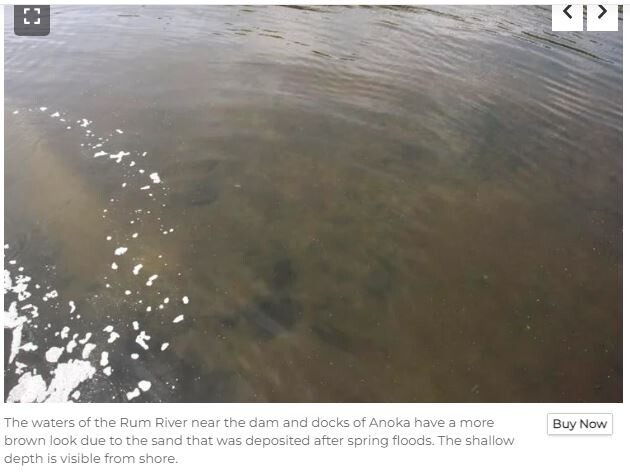
The vote to accept the EDC’s recommendation and to proceed with the feasibility report passed unanimously. The City Council promised those in attendance it would remain on their radar until completion.
“I’m not sure what this is going to cost,” Weaver said. “I don’t think anybody does, we’ll talk about it a little more… but I’m personally going to commit to funding the funding necessary. It’s imperative. It’s too important to too many people to let go.”
SOURCE: Hometown Source